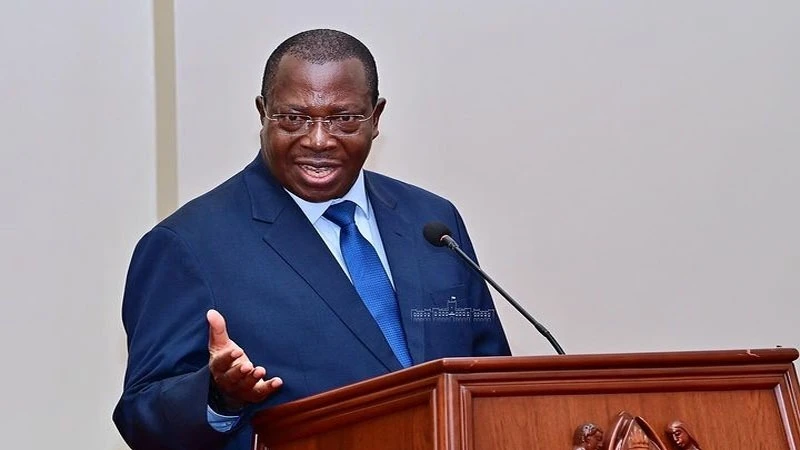PPP is akin to a universal solvent for many projects

APPEALS that every ministry and public agency needs to begin implementing the various development projects they already have through the public-private partnership (PPP) model risks going unnoticed unless there is a push from topmost authorities.
In a recent appeal, the Treasury executive tasked with coordinating PPP initiatives said that this is imperative so that current financial mobilisation ambitions of the government can be realised.
When there are many projects that can be taken up and are viable, it will be easier for the Treasury to make that plan work as it would imply a sort of pooling of resources with usable credit for projects.
The proper design wasn’t exactly elaborate or even specific, as the mere wish for it to be an international financial services centre doesn’t make a big difference as each commercial bank with international connections is ipso facto such a centre.
The centre could connect local and foreign investors via deposits or taking credit from corresponding banks, etc.
What ‘services’ usually implies is the ease with which a proposal is presented and worked upon, meaning that there would be a clearly positive atmosphere for taking up such proposal.
Some of the credit for this idea was being given to the Tanzania National Business Council (TNBC). It was however clear that, while TNBC groups a whole range of probable investors or partners, the idea is entirely housed in the Bank of Tanzania – and, for that matter, in the Treasury.
As the PPP Centre’s executive noted, it is far from clear whether this proposal gets beyond the stage of wishful thinking and blueprint to a workable policy design. That means shifting the burden of making it work from ministries and government agencies to the government itself for centralisation purposes.
One such method would be a sort of internal reorganisation within the Treasury, probably as a cabinet initiative, where development funds are chiefly directed to the PPPC for implementation.
Were this to be the case, it would follow that development funding would diminish in relation to particular projects. By the time the credit side needs to be repaid, the project has already generated revenues and thus the burden to the taxpayer would be lessened.
Thus, what is needed is less a change of outlook as the PPPC official intimated but policy clarity, with a PPP policy, not just an option.
There was noticeable emphasis on the benefits of this method, not based on the manner in which the government would place funds to enable it to work but how investors would sort of pool funds so that the scheme can work.
As the project isn’t investor-driven but policy sourced, it is up to the government to convince investors that the scheme is workable and, more significantly, that it is anchored in credible market operations and susceptible to court decisions or arbitration.
Boosting investor confidence for invested funds is tied up with real market mechanisms and Treasury guarantees.
Aid diminution has made it imperative for countries to produce most of their needs to avoid overexposure in foreign exchange, so the government needs to bring real assets to the table for international financiers to start trusting it.
Top Headlines
© 2025 IPPMEDIA.COM. ALL RIGHTS RESERVED

















